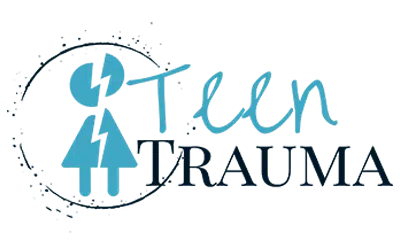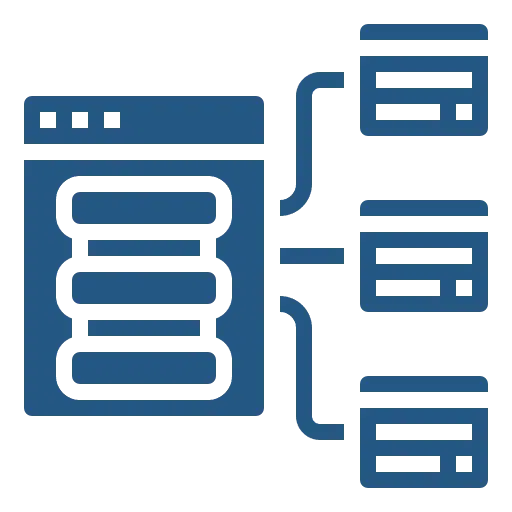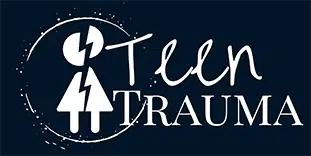Understanding the Unthinkable: An Introduction to Parental Trafficking
What happens when the danger comes from within the family? In this article, we will shed light on the hidden and heart-wrenching world of familial trafficking.
Parental or familial child trafficking is the exploitation of children by their parents, siblings, grandparents, or other caregivers responsible for the well-being of the child.
While the phrase “child trafficking” is mainly associated with sex trafficking, parental trafficking can also encompass adoption scams, forced labor, child soldiering, and, in perhaps the most egregious case, human organ trafficking.
A family member is more likely to engage in familial trafficking than non-family members. At least 50 percent of child trafficking worldwide involves a child’s relative selling or bartering the child for exploitation.
One of the primary reasons a family member sells or trades a child related to them is to obtain illegal drugs such as fentanyl or heroin. The second reason fueling the sex trafficking of children is that the parent or guardian is promised large amounts of cash from child sex traffickers.
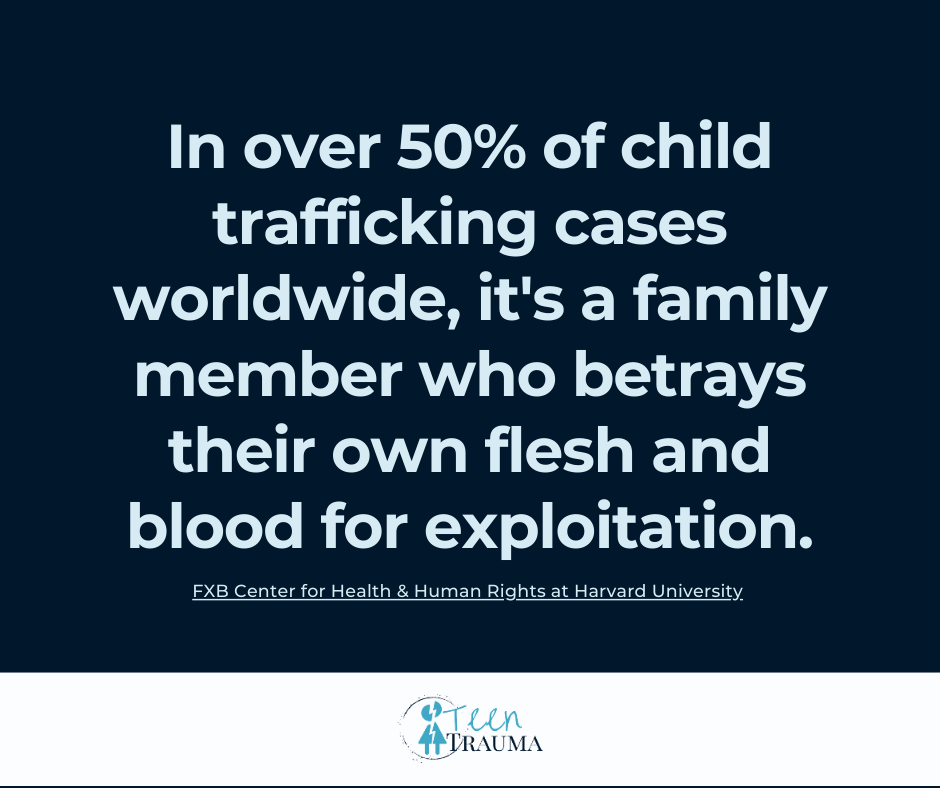
While nearly all parents cannot imagine selling or trading their children for any reason, the subject should be discussed without glossing over details or minimizing the global prevalence of parental trafficking.
As parents, it’s heartbreaking to consider, but understanding the causes of familial trafficking is crucial in protecting our children. We must learn as much as possible about the causes of human trafficking and how to protect our children from heinous individuals who make a living by trafficking children.
Moreover, recognizing the signs of trauma impacting victims of commercial sexual exploitation is essential to safeguard them from heinous individuals who exploit children for profit.
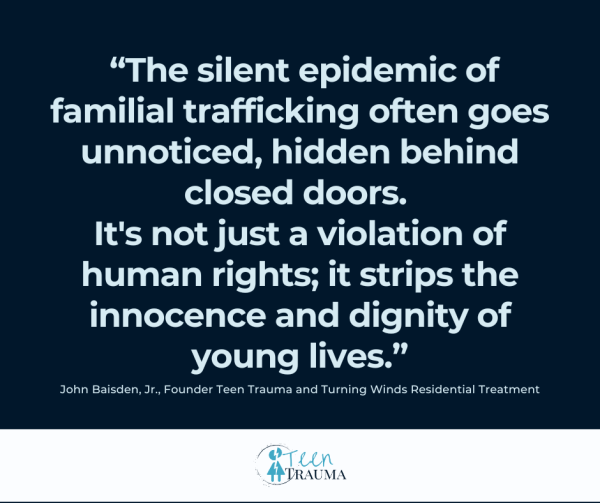
Is Human Smuggling the Same as Human Trafficking?
Human smuggling refers to the illegal transportation of people across borders who have agreed to be transported from one country to another.
Although individuals being smuggled over one or more borders have consented and paid to be smuggled by rogue actors, the way they are smuggled into another country is illegal and often dangerous.
Human smugglers take advantage of people who live in underdeveloped and gang or war-ravaged countries by offering to smuggle them into another country for a certain amount of money. Human smugglers typically do this by leading people through a series of underground tunnels to avoid detection.
Trafficking cases always involve children or adults who are taken against their will to be exploited by entities who pay cash or trade assets for their victims.
Understanding the Psychological and Social Factors of Family Members Responsible for Familial Sex Trafficking
In order to recognize potential threats, it is important to understand these characteristics and to recognize potential threats. Typically, parents or other relatives involved in child sex trafficking exhibit several key traits:
- Long-term addiction to drugs, including fentanyl, methamphetamine, or heroin.
- A history of being sexually and physically abused during their own childhood.
- Serious mental or personality disorders, such as sociopathy or conduct disorder.
- A pattern of felonious criminal behavior and periods spent in prison.
- A background of growing up in environments characterized by poverty, violence, and inadequate adult supervision.
Once a human trafficker receives the rewards for his horrendous crimes and is not caught by law enforcement, they will likely continue working in the child sex trafficking industry until they are captured and imprisoned.
Commercial sexual exploitation of children is composed of a vast, underground network of “providers” who often conduct their business on the Dark Web.
For each child they hand over to exploiters, these providers may earn thousands if not hundreds of thousands of dollars. Without the capacity to feel empathy, guilt, or remorse, sociopaths engaging in the trafficking of children care only about one thing–getting paid and not getting caught.
After understanding the characteristics and background of familial traffickers, it becomes even more heart-wrenching to hear the stories of the victims. One such story is that of Liz Williamson, whose experience brings a human face to these statistics and underscores the urgency of addressing familial trafficking.
Liz's Familial Sex Trafficking Survival Story
Hundreds of stories involving parents selling their children into the sex industry are reported every day in the U.S. One such story is told by Liz Williamson, who was sold by her mother to child pornographers for money.
From the time she was six years old until she turned 18, her mother allowed men to rape her in their house. Liz says her mother always told her to “Smile and look pretty. Do what he wants if you love me.
Read more about Liz’s familial sex trafficking story here and how she finally escaped the horrors of commercial sexual exploitation.
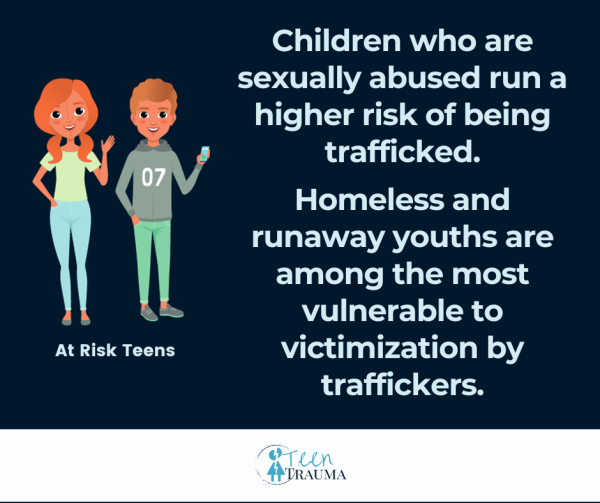
Risk Factors of Children Vulnerable to Human Trafficking
The majority of studies indicate that children between the ages of 12 to 16 are specifically targeted by child sex traffickers because they are more easily manipulated and exploited. According to adolescent psychologists, young teenagers cannot critically evaluate the possibility of alternative actions due to the immature development of the brain. They are also struggling to understand the emergence of sexual characteristics and feelings associated with puberty.
Other risk factors for child victims of familial sex trafficking include:
- Being physically or sexually abused
- Having mental health and emotional issues
- Poor academic performance/chronic truancy
- Low self-esteem
- History of running away from home
- Abusing drugs and alcohol
- Parental use of drugs and alcohol/family instability
- History of arrests for criminal behavior
- Lives in a homeless shelter or group home
- Frequent relocation of the family due to evictions/poverty
- Having a developmental or learning disability
- Gang involvement
- Member of a marginalized community, such as undocumented migrants or LGBTQ
Children trapped in familial trafficking suffer in silence, often carrying the trauma into adulthood. Healing is possible, but it requires patience, understanding, and comprehensive support systems.
Dr. John Gordon, M.D., Child and Adult Psychiatrist Tweet

Possible Signs That a Child is Being Victimized By Human Traffickers
Identifying the signs of a child being impacted by familial trafficking can be a challenging and delicate task. Often, these warning signs are subtle or masked by behaviors that can be mistakenly attributed to typical childhood or adolescent challenges.
It’s crucial for parents and caregivers to trust their instincts. If something feels amiss, it’s important to pay attention to that feeling.
Recognizing the Signs of Human Trafficking: Is Your Child at Risk?
While many of these signs may indicate, that the child is not being trafficked but is instead dealing with a mental health problem, ensuring the child receives the help they need is much more important than allowing a familial sex trafficker to continue exploiting and harming a child.
Behavioral Changes
- Sudden or extreme changes in behavior, mood swings, or withdrawal from friends and family
- Fear or anxiety, especially when they are in the presence of certain family individuals
Physical Signs:
- Unexplained injuries, bruises, or sexually transmitted infections.
- Being exhausted all the time, visible weight loss, recurring illnesses.
School-related Signs:
- Frequent absences or truancy.
- Decline in academic performance or an unusual disinterest in school and peer relationships.
Expensive Possessions:
- Possessing expensive items that are not within their economic status. For example, a 13-year-old living in government housing with one parent may start wearing designer clothes and carrying the latest Android cellphone.
Isolation:
- Social isolation or lack of connection with peers.
- Overly protective or controlling individuals suddenly dominating the life of a trafficking victim. An older brother or uncle who previously showed little interest in the family may start appearing frequently in the household and show an odd interest in their victim.
Sexualized Behavior:
- Knowledge of sexual acts beyond their developmental stage.
- Talking about sex-related subjects in a knowledgeable but unemotional manner.
Substance Abuse:
- Signs of drug or alcohol abuse. Parental traffickers often “ply” their victims with drugs and alcohol to make them more easily manipulated.
Having open, honest, and age-appropriate conversations with your children about these issues is equally important. Approach these discussions with sensitivity and reassurance.
Let your child know that they can talk to you about anything that worries or confuses them and that their safety and well-being are your utmost priority. Provide them with the knowledge and confidence to speak up if they ever feel uncomfortable or threatened in any situation.
Remember, our goal is not to instill fear but rather to foster awareness and open lines of communication. By doing so, we empower our children to recognize and communicate their boundaries and concerns.
Resources for Parents
Child Welfare Information Gateway:
Provides information on support services for families affected by child trafficking. Their resources include guidance for parents on how to help their child recover from such experiences and how to navigate the legal and social service systems.
Contact information:
Website: childwelfare.gov
Family & Youth Services Bureau (FYSB)
A national organization that provides shelter and community services to young people who have been, or are at risk of being, sexually exploited or trafficked. They also offer supportive services to families of these young individuals, including counseling and assistance in accessing resources for recovery and rehabilitation.
Contact information:
Website: acf.hhs.gov/fysb
Phone: 1-800-394-3366
